It is the biggest and most impressive machinery exhibition in the world. This is the view of one contractor I overheard who has attended numerous times over the years and is looking forward to it like a child at Christmas this year.
For those who want to see the very latest in agricultural technology and look in awe at machinery designed for every task imaginable, Agritechnica in Hannover is the place to see it at the world’s largest exhibition ground.
Every major machinery company from across the world will converge on the site next week which will have 23 halls teeming with millions of euros worth of equipment. In excess of 1,600 European exhibitors are expected, with a further 1,300 international exhibitors from 52 countries showing their wares. It is estimated 460,000 people will pass through the doors of the numerous halls at Hannover Messe, with an estimated 4,000 Irish visitors. This is no small exhibition. We take a look at a small selection of the companies that have been awarded gold and silver innovation award medals by the DLG – the German Agricultural Society.

Kemper StalkBuster – Gold Medal
Kemper in conjunction with John Deere has designed a maize stalk chopper for the underside of its maize head. It is designed to obliterate the remaining maize stubble immediately after the crop has been harvested before any of it gets trampled by the harvester or oncoming trailers.
It also discourages pests overwintering inside the maize stubbles, namely the corn borer, which is problematic in some European countries.
The DLG says the other advantage is the reduction in Fusaria spreading to subsequent wheat crops.
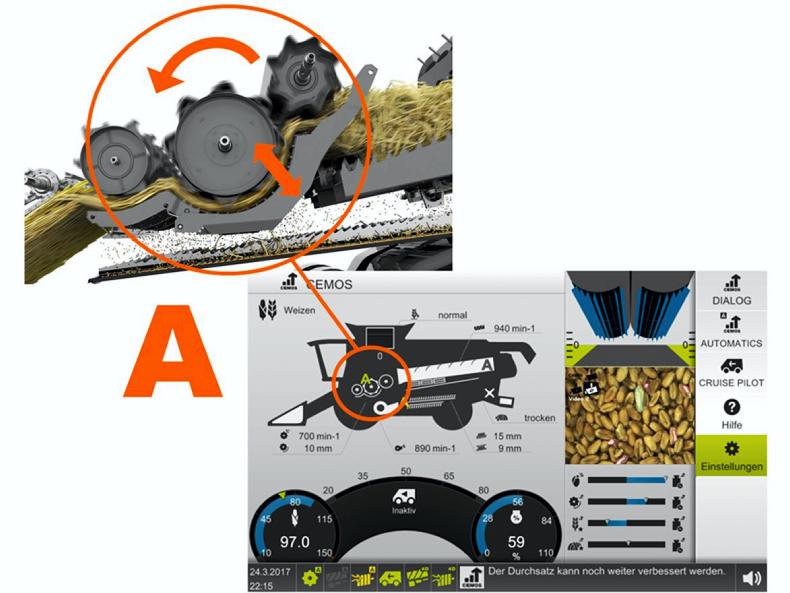
Claas CEMOS Auto-Threshing – Gold Medal
Claas has developed a software system that makes setting up a combine easier for the driver. The optimum drum speed, concave gap and threshing aggressiveness are all adjusted by this system for optimum grain sample quality. Depending on the strategy selected by the operator, the various components of the combine all communicate with one another.
Claas says this system is targeting operators who may struggle to find the optimum balance between the various components.

Fendt e100 Vario – Silver Medal
Fendt has developed a world first – an electrically powered tractor. It was developed to serve in a range of applications and is built on the chassis of a 50kW (67hp) tractor.
Fendt has placed a battery, control system and a compact electric motor where the engine, radiator, fan and fuel system would normally sit. The 100kWh, high-voltage battery charges quickly and stores enough power to work for four hours at an average workload. A thermal management system that comprises a heat pump ensures the cab temperature is controlled efficiently. The battery pack can also serve as intermediate storage for farm-generated power.
The modification does not affect the tractor’s suitability for operating different implements. The exhaust-free and very quiet machine is ideal for use in buildings where exhaust emissions could be considered a problem.
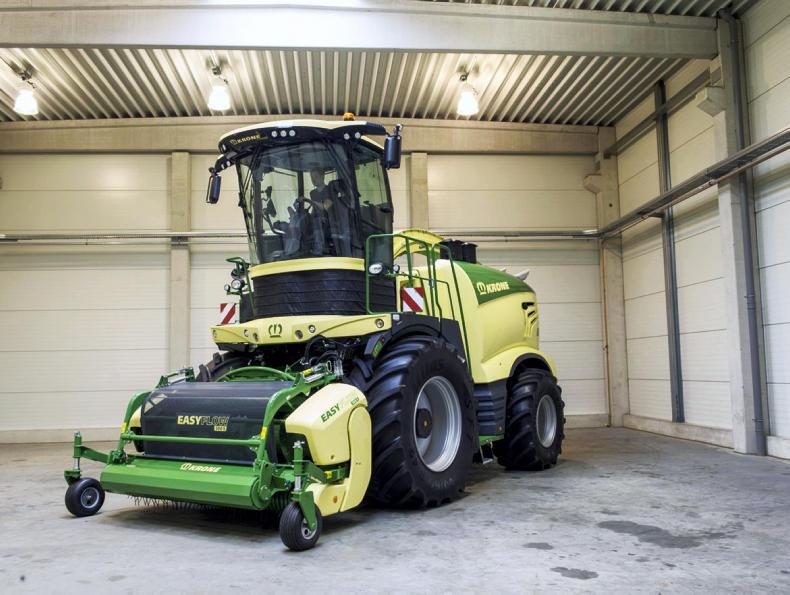
Krone LiftCab – Silver Medal
Krone has literally raised the roof on its BiG-X forage harvesters by developing a system for lifting the cab. It can be raised up to 70cm during work. The advantages according to Krone are better visibility over tall crops, which can now reach to in excess of 4m, obstacles are more easily spotted and better view into the trailers, making it easier for the operator to fill them.

Kuhn GPS-based automatic body lift out – Silver Medal
For those who have a real thing for tidy “ins-and-outs” when ploughing, this could be the answer. Kuhn has developed a plough that will raise and lower each body individually on its plough.
The company’s “section-control” is an electro-hydraulic system that uses the hydraulic break-out system to control the individual bodies based on GPS, by raising and lowering them automatically. The system leaves an absolutely straight furrow edge. Some bodies can be raised out of work depending on tractor size and all crop residues are incorporated completely.
Pöttinger camera-supported seedbed preparation – Silver Medal
Power harrowing can be a tedious. Working on ground with variable soil type can mean different forward speeds on certain areas of the field. The technology PÖttinger has introduced uses cameras to take real-time footage of the surface of the soil behind the power harrow to measure cloddiness.
The driver enters a target value and the power-harrows ECU controls the tractors ground speed and PTO speed to reach the desired level of tilth in a “closed-loop control” system.
The advantages are said to be more consistently tilled fields and reduced operator fatigue.






 This is a subscriber-only article
This is a subscriber-only article










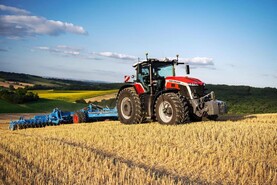
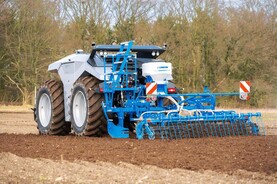
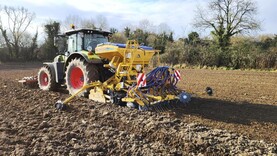
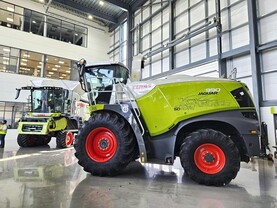
SHARING OPTIONS: